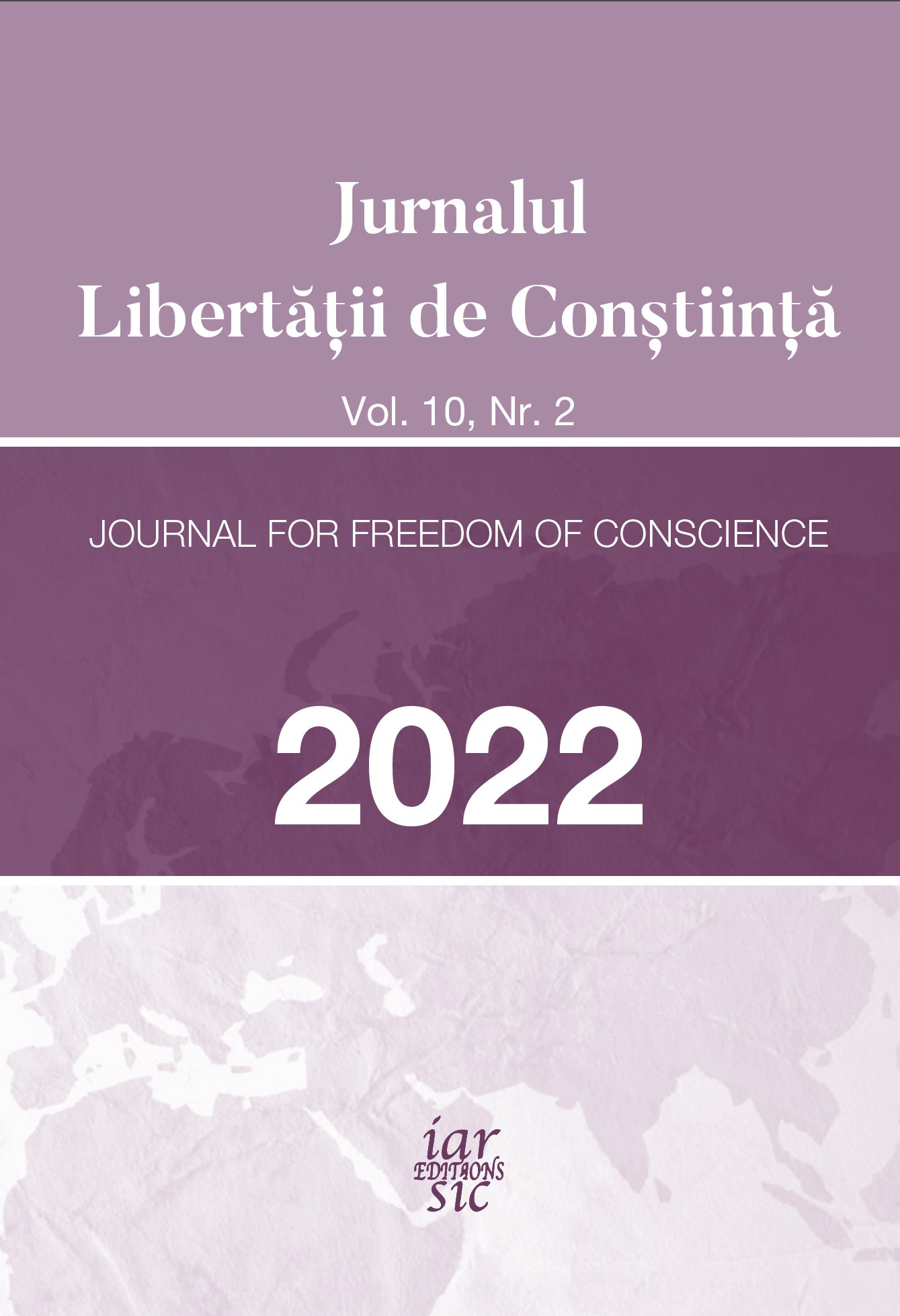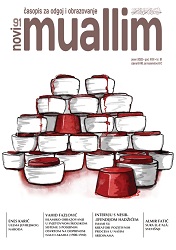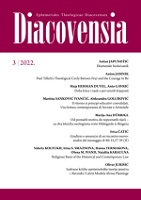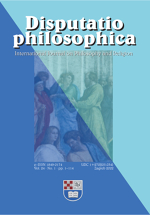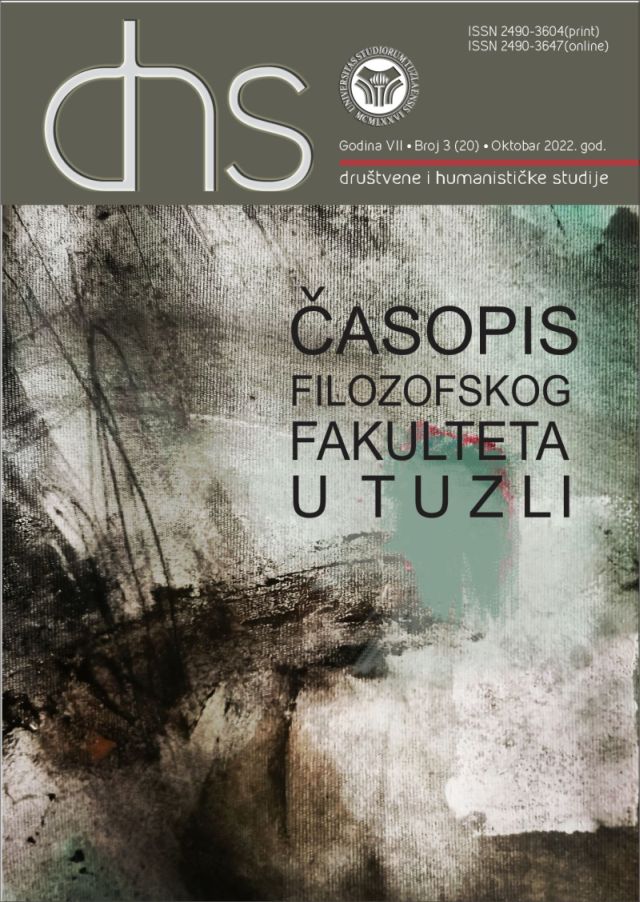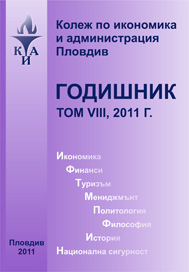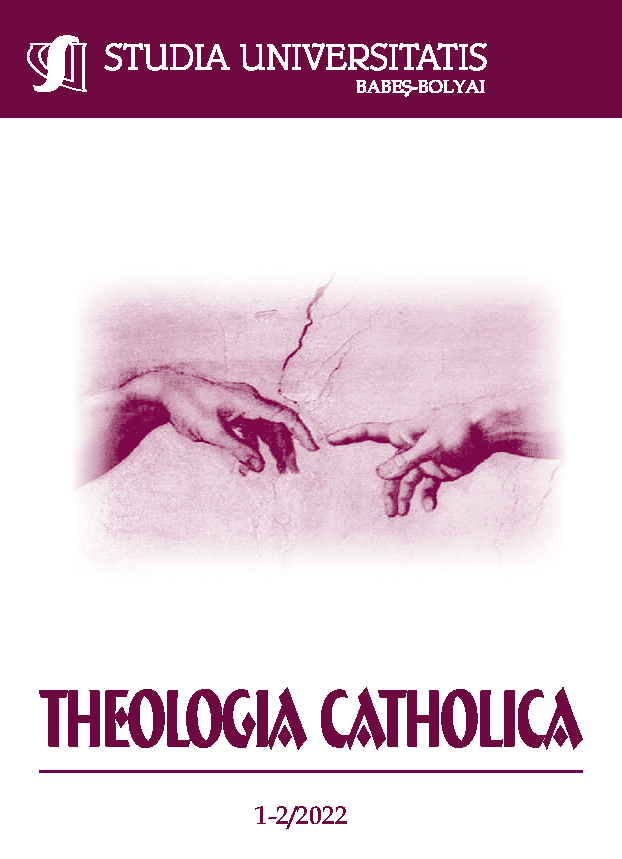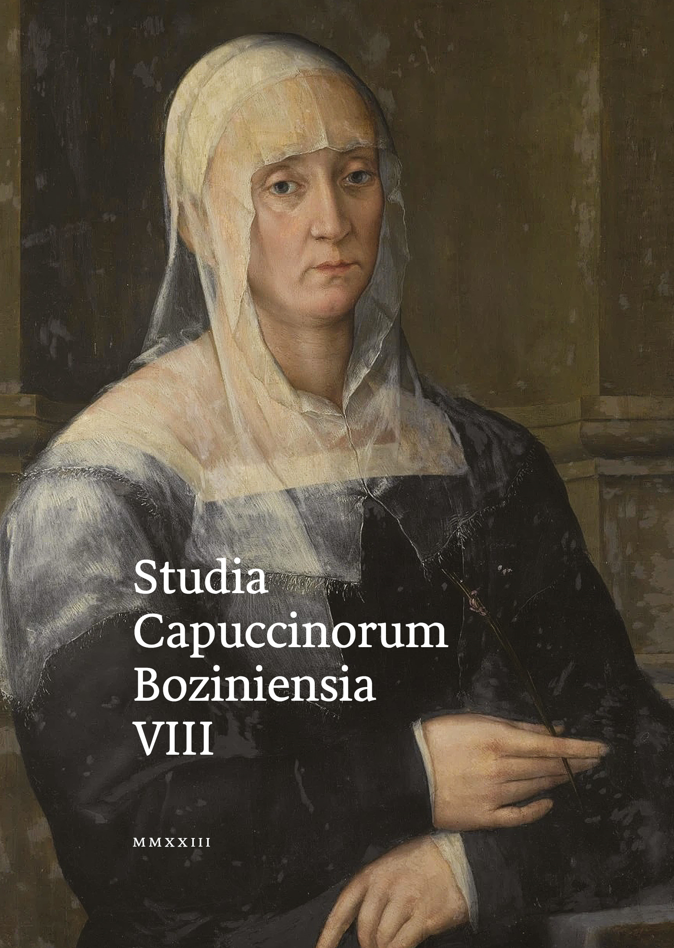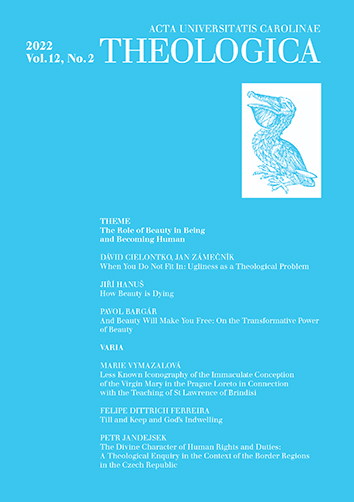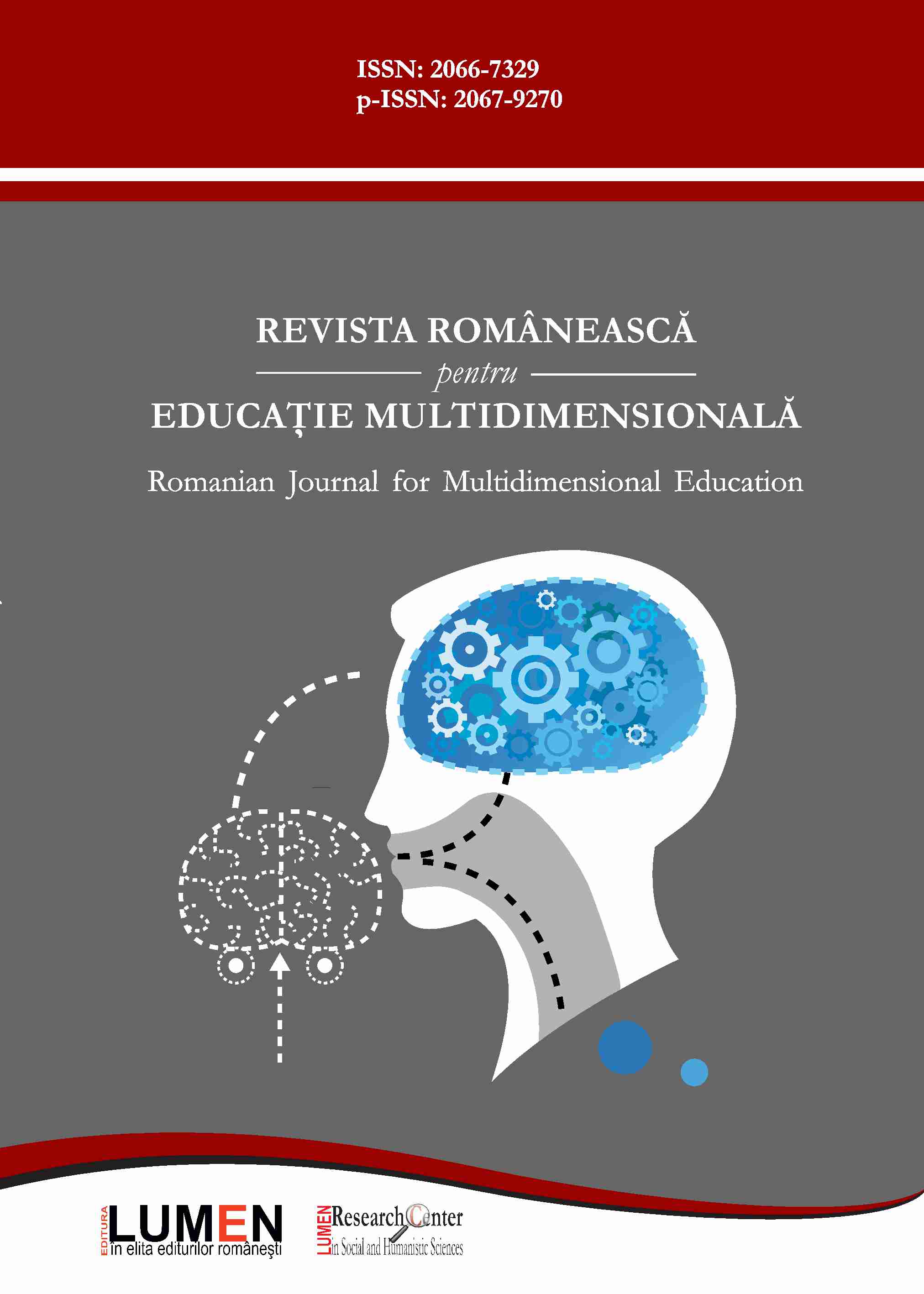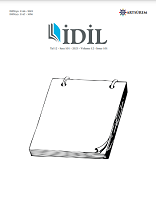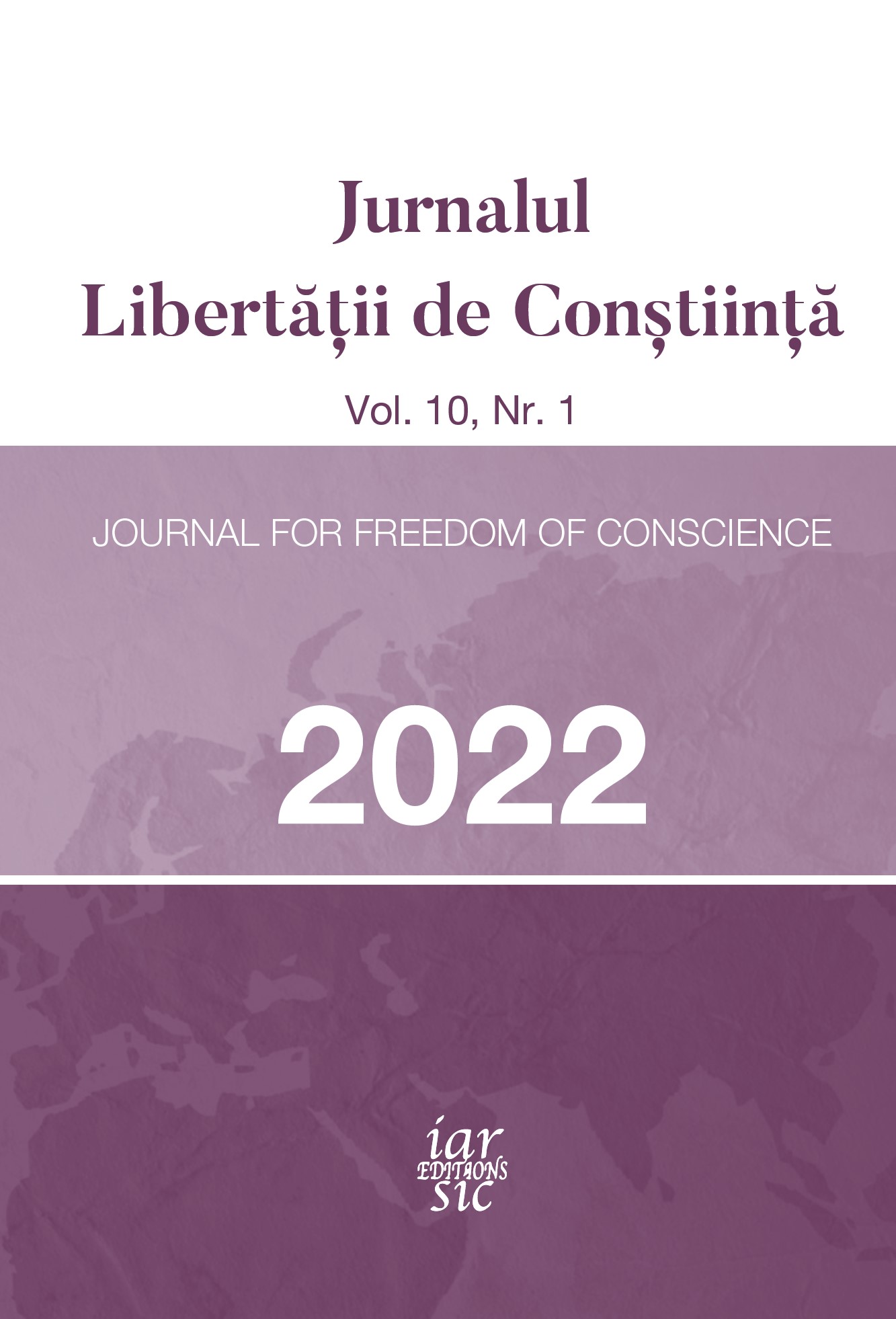
LIBERTATE, LIBERTATE RELIGIOASĂ ÎN CONTEXT SECULAR ACTUAL. PROVOCĂRI ȘI STRATEGII MISIONARE
The ideological devaluation of freedom is a sensitive issue of all the intellectual efforts of the various fields of human knowledge. In the ideological approach,both the meaning of freedom and its meaning or content are affected.The distortion of freedom by the French revolution was done through the manipulative-type motto, through which power was violently seized: freedom,equality, fraternity; the three words - devoid of content - were called in a revealing way by the great Petre Țuțea - the three “metaphysical cocoons”. The Bolshevik revolution distorts freedom in a crude way, reducing it to primary needs. Thus freedom is defined as “understood necessity”, making an unacceptable confusion between the two dimensions; in reality, the two coordinates are distinct and clearly antagonistic. From a theological point of view, we must talk about freedom as a property of God- the Holy Trinity, that is, we are talking about a being attribute, which characterizes both the Divine Being and the Divine Persons. According to Christian Revelation, freedom is directly connected with the will in God: God is free, and His work is the expression of His free will, unlike the world, which depends on God’s will. Thus God creates the world and man out of love, in the dimension of freedom, and not out of necessity. Regarding man - who is the “image” of God - it bears in itself the imprint of freedom, which is valued as God’s gift to man. That is why freedom for man becomes constitutive of the human being, along with mind and consciousness before the fall, and after the fall, freedom is a constitutive part of man alongside reason and consciousness.
More...
